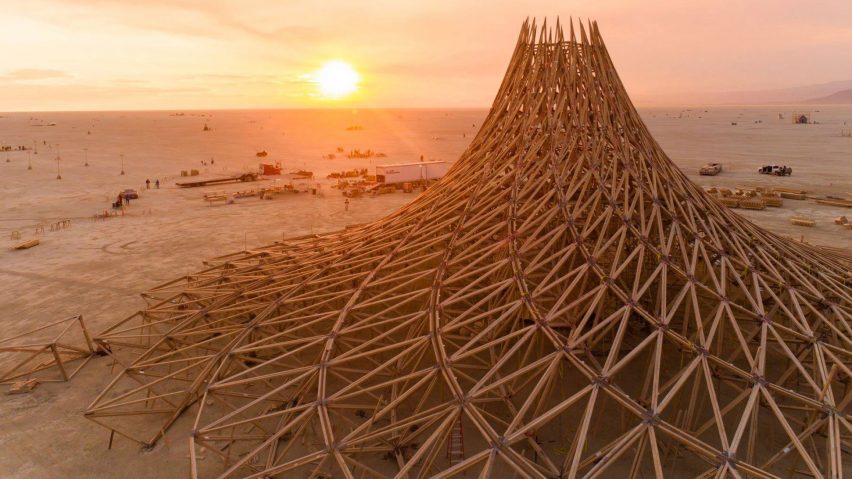 MaCAD Studio – Environmental and Structural Design
MaCAD Studio – Environmental and Structural Design
Senior Faculty – Arthur Mamou-Mani
Faculty Assistant – Fun Yuen, Krishna Bhat
“Timber is the new concrete,”said architect Alex de Rijke. In the course we will be looking at all forms of wood for construction and how to develop parametric, modular and environmental architectural systems.
From timber to plywood we will study how to develop systems of struts, nodes and surfaces responding to environmental and structural and programmatic factors.
We will learn about 3D lattices, assembly sequences, digital fabrication as well as extracting information from a complex parametric model to create unique and adaptable projects, maximizing inexpensive materials into realistic and exciting architectural projects.
We will look at bottom-up design, and how to grow modular systems through creating and learning from matrices of parametric variations.
We will study the history of algorithmic and parametric design, how it enables the collaborative development of holistic systems and reproduces natural processes for environmental design.
More importantly, we will learn how to let our emotions guide us through this mathematical process.
This year we will apply our research to underused and disconnected spaces in our cities, placing our lattices in unexpected and discarded urban sites, connecting the disconnected, bringing nature back to cities.
From highways to train tracks, from rivers to the space between skyscrapers, find places that can be bridged by your modular buildings,spaces that would benefit from rewilding, and find ways for it to harvest and distribute energy, creating local economies!
Nature does not make waste, everything is reused and feeds back into the system. We will learn from this by applying the principles of permaculture, regenerative agriculture and renewable energy generation to propose Eco-Parametric Urban Infrastructures.
We are seeking new architectural ideas which address energy needs in the age of the circular economy. Your mixed-use modular infrastructure will create energy and deal with its waste to close the loop whilst helping people live better and healthier lives and create a green economy in the process.
Learning Objectives
- Learn the fundamentals of Grasshopper and Parametric Design.
- Learn some advanced tools and algorithms such as Genetic Algorithms.
- Learn Computational concepts such as recursion and data structures.
- Learn how to design using a bottom-up approach and modular lattices
- Learn how to do create environmental and structural simulations loops
- Learn about different types of wood and fasteners
- Learn how to link a parametric model to digital fabrication techniques.
- Learn how to let our emotions guide us through this mathematical process.
- Learn circular architecture and the carbon footprint of materials
- Learn about modular timber structures.